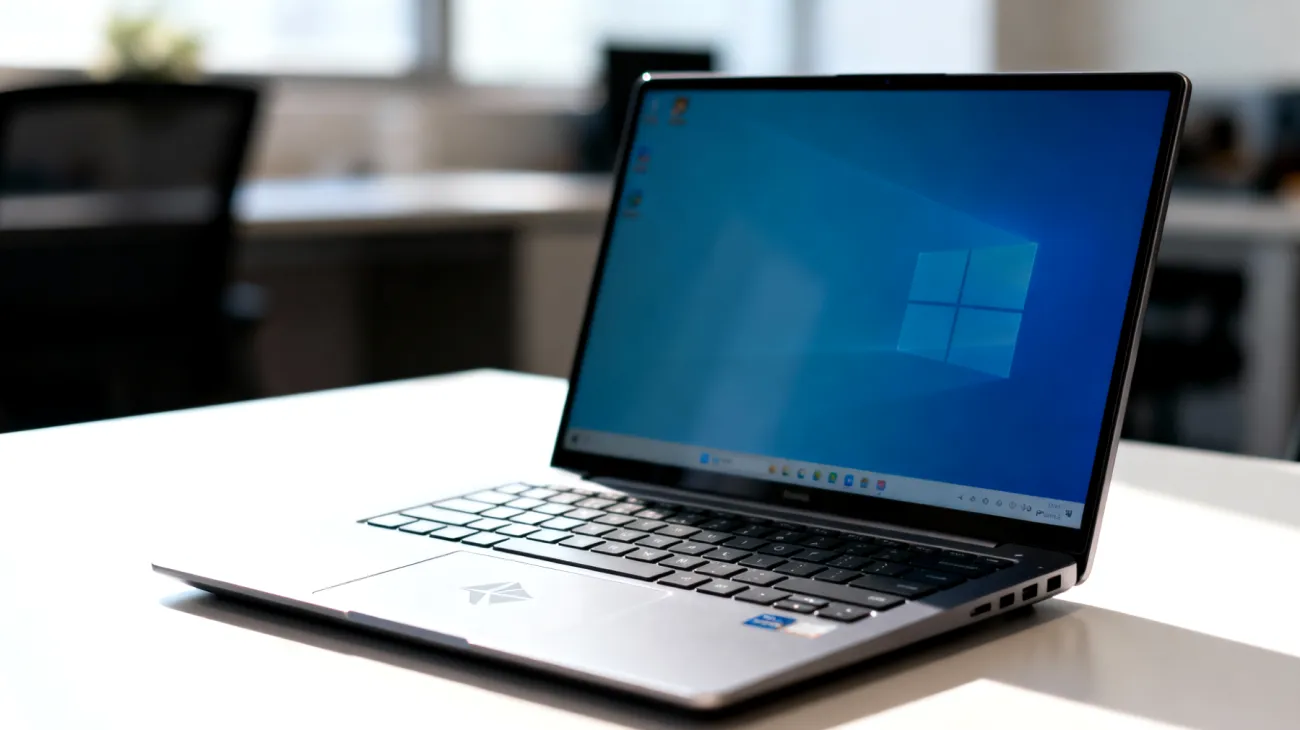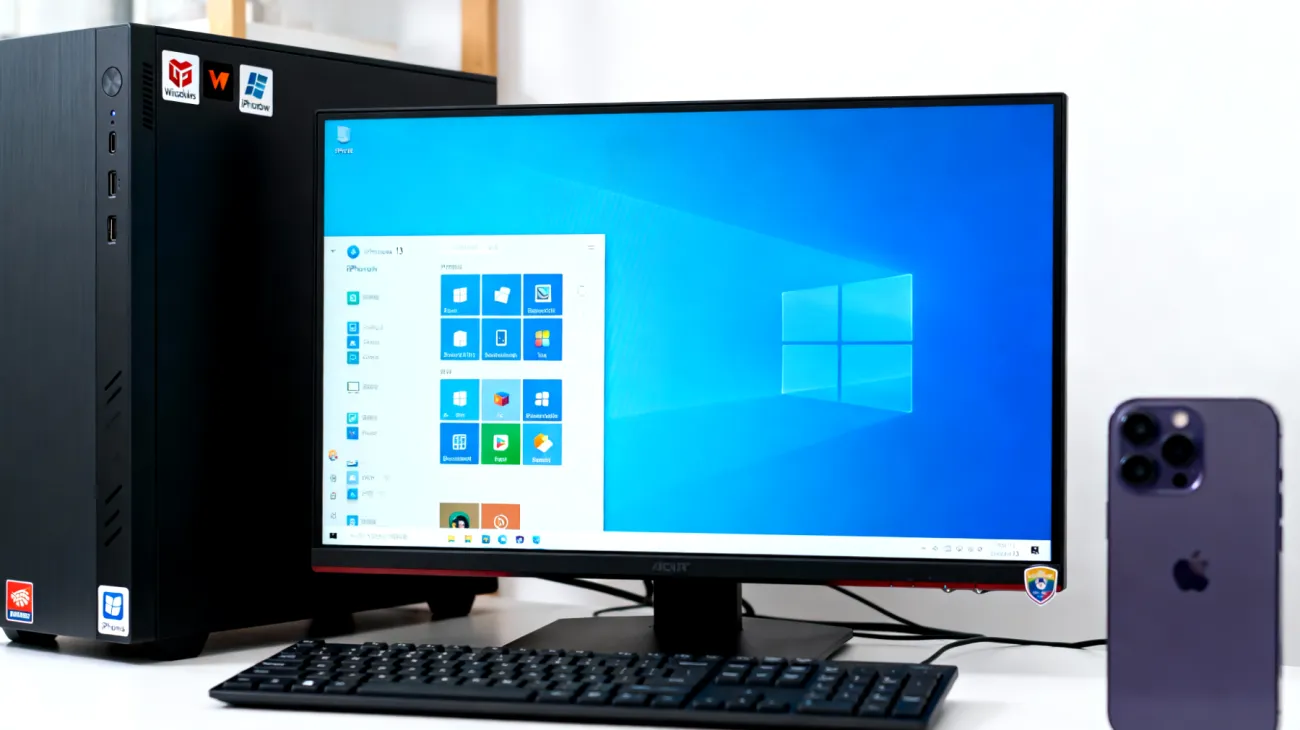Your Windows PC might be running slower than it should, and the culprit isn’t always outdated hardware. Even newer and powerful computers can experience slowdowns due to unnecessary background processes, suboptimal settings, and accumulated digital clutter. The good news is that you can often improve your system’s performance dramatically without spending a penny on new components.
Taming the Startup Monster: Programs That Hijack Your Boot Time
Every time you install new software, there’s a chance it adds itself to your startup sequence. This means your computer loads these programs automatically when you turn it on, even if you don’t need them immediately. The result? A painfully slow boot process and reduced available memory for the tasks you actually want to perform.
Press Ctrl + Shift + Esc to open Task Manager, then click on the “Startup” tab. You’ll see a list of programs with their startup impact rated as High, Medium, or Low. Focus on disabling High-impact programs that you don’t need immediately upon startup. Popular culprits include Adobe updaters and creative suite applications, gaming platforms like Steam or Epic Games Launcher, communication apps such as Skype or Discord, music streaming applications, and Office suite quick-start components.
Right-click on unnecessary programs and select “Disable.” Don’t worry – you can still launch these applications manually when needed. Disabling unnecessary startup programs is a well-documented and effective way to reduce boot times and free up system resources.
Background Apps: The Silent Performance Killers
Windows 10 and 11 allow many applications to run in the background, using CPU cycles and RAM even when you’re not actively using them. Navigate to Settings > Privacy > Background apps to see which applications are running behind the scenes.
Consider disabling background access for apps you rarely use, especially resource-heavy ones like photo editors, games, or streaming services. Disabling background access for non-essential apps can improve both speed and battery life. However, keep background access enabled for essential applications like your email client, security software, and system utilities.
Optimizing Windows Defender: Security Without the Speed Penalty
Windows Defender, also known as Microsoft Defender Antivirus, provides strong protection and comes as the default security solution in Windows 10 and 11. While it offers excellent protection, its real-time scanning can slow down file access, especially in frequently used directories. The solution isn’t to disable protection entirely – that would be cybersecurity suicide – but to optimize how it operates.
Open Windows Security from the Start menu, navigate to Virus & threat protection > Manage settings under “Virus & threat protection settings.” Ensure real-time protection remains enabled, then click on “Add or remove exclusions.”
Consider excluding your main work directory where you frequently save and access files, gaming installation folders like Steam or Epic Games directories, video editing project folders, and development environments or code repositories from real-time scanning. Be selective with exclusions – only add folders you access regularly and trust completely. Never exclude system directories or downloads folders, as these are common targets for malware. This balance between protection and performance is endorsed by Microsoft documentation and independent tests.

Visual Effects: Choosing Performance Over Pretty
Windows visual effects look impressive but can impact system performance, especially on older or less powerful hardware. Right-click on “This PC,” select “Properties,” then click “Advanced system settings.”
Under the Performance section, click “Settings” and select “Adjust for best performance.” This disables animations, transparent effects, and visual flourishes that serve no functional purpose. Disabling animations and transparency can make your system noticeably more responsive, especially when opening files, switching between applications, or navigating through menus.
If you find the stripped-down appearance too stark, select “Custom” and enable only essential visual features like “Show thumbnails instead of icons” and “Smooth edges of screen fonts.”
The Digital Housekeeping Revolution
Temporary files accumulate like dust in your digital environment. Windows creates temporary files for various operations, browsers cache web content, and applications leave behind residual data. Over time, this digital debris can consume gigabytes of storage and slow down file operations.
Use the built-in Disk Cleanup utility by typing “cleanmgr” in the Start menu. Select your system drive and check all available options, paying special attention to temporary files, browser cache, and system error memory dump files. For a more thorough cleaning, click “Clean up system files” to access additional options like Windows Update cleanup and previous Windows installations.
- Run Disk Cleanup monthly to remove temporary files
- Clear browser cache weekly for optimal browsing performance
- Delete old Windows Update files to recover storage space
- Remove system error memory dump files that serve no ongoing purpose
Browser Cache: The Double-Edged Sword
Browser cache helps websites load faster by storing frequently accessed content locally. However, an oversized cache can actually slow down browsing and consume unnecessary storage. Clear your browser cache monthly, or configure your browser to automatically clear cache data when closing.
Set up Storage Sense in Windows to automatically clean temporary files weekly. Go to Settings > System > Storage > Configure Storage Sense and enable automatic cleanup with your preferred frequency. This automated cleanup is supported by Microsoft and documented in official Windows guidance.
These optimization techniques work synergistically – implementing all of them will yield better results than applying just one or two. Your Windows PC will boot faster, respond more quickly to commands, and provide a smoother overall experience. The best part? These optimizations cost nothing but a few minutes of your time, making them accessible to every technology user regardless of budget constraints.
Remember to revisit these settings quarterly, as new software installations and system updates can gradually undo your optimization work. Regular maintenance keeps your digital workspace as efficient as your physical one, catching new startup entries and system changes that can accumulate over time.
Indice dei contenuti

